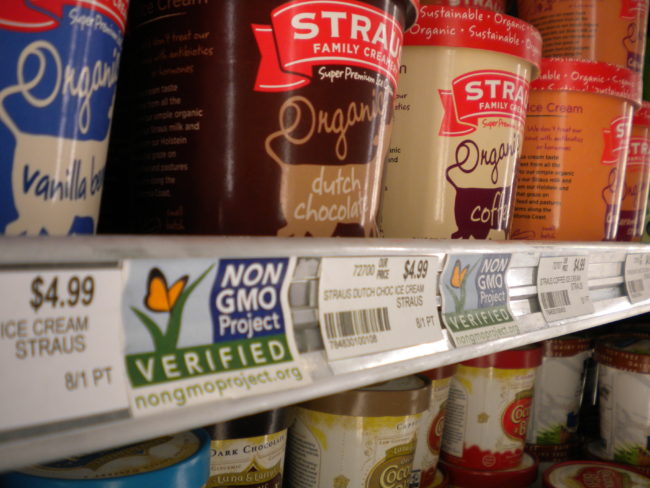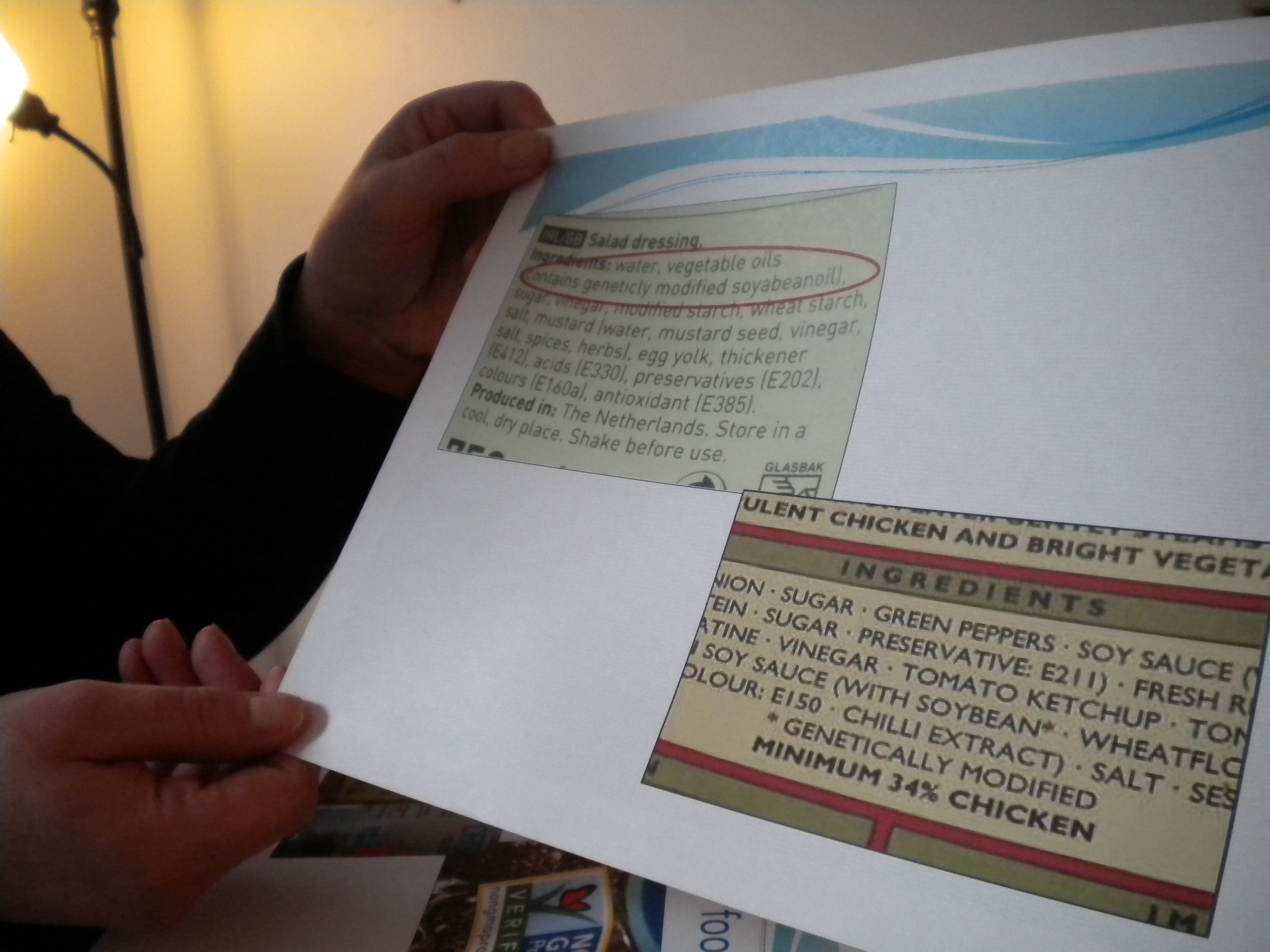
A recent poll by the Pew Research Center reveals a quarter of Americans regularly check food labels for genetically-modified organisms.
A bill in the Alaska Legislature would help GMO-cautious consumers identify which products have been genetically engineered.
Anchorage Rep. Geran Tarr concedes that there is no clear consensus about whether eating genetically-modified foods is harmful, but she’s not taking any chances.
“We are learning new things every day and we can be more careful,” Tarr says. “In this case I’m on the side of giving consumers choices about which products they buy.”

Tarr introduced House Bill 92 requiring food manufacturers to label products containing genetically-modified organisms. She defines genetic engineering as transferring DNA material from one organism to another. The method is used to produce high amounts of corn, cotton, soy and sugar beets.
Tarr, who has a degree in botany and environmental studies, says because of the potential health hazards from eating those foods, she wants to better educate consumers about what’s going in their shopping cart.
“People want to know what’s in their food and they want to know that today. Without that 100 percent assurance then they want to have the option to buy something that they feel more comfortable with,” Tarr says.
University of Alaska Fairbanks professor Steven Seefeldt says he sees no hazard in eating foods made with GMO crops.
“When you’re eating anything that’s got DNA in it, which has been modified or not, the DNA is never harmful,” Seefeldt says.
Seefeldt says the problem with genetic engineering is not the science but how it’s managed. He says the practice can be used to create insulin for people with diabetes or produce milk that the lactose intolerant can drink.
But he points to concerns over products such as genetically-modified salmon. Seefeldt says he wouldn’t want those fish to escape captivity and compete with wild species. That’s why he thinks the GMO issue should be evaluated on a case-by-case basis.
“You have to treat each case separately,” Seefeldt says. “In some cases, the benefits outweigh and in other cases they don’t. Nobody can say overall the benefits outweigh the consequences.”
Legislation to mandate GMO-labeling has been introduced in more than 20 states. Vermont, Connecticut and Maine have passed laws. The law in Vermont is being challenged in court, while the Maine and Connecticut laws are contingent on other states adopting similar legislation. Tarr says opposition against such measures comes from food manufacturers.
“The manufacturers themselves will say the products are safe,” Tarr says. “They say that if you label a product it gives the suggestion that there is something wrong with it and they want to push back against that idea.”
Tarr says her bill does not dictate the size or placement of the label and gives manufacturers time to change their packaging to avoid any monetary costs.
She says the bill could allow shoppers to buy GMO-free foods that are less expensive than organic-certified products, because they would not undergo the same certification process as those given the “organic” label from the U.S. Department of Agriculture. Certifying organic foods can cost thousands of dollars — an expense that trickles back down to consumers.
“People want there to be healthy food … they want some fairness in our food system that makes sure that no matter what your economic circumstances, you’ll have access to healthy foods,” Tarr says.
Dave Ottoson, owner of Rainbow Foods, says prices for non-GMO products have decreased in recent years. His store tries to flag foods that contain GMO ingredients, but he says it can be an exhausting process.
“It’s really hard to keep up with,” Ottoson says. “I mean if you really want to be completely transparent and let people know what products are at-risk…it’s almost like a full-time job.”
Ottoson says manufacturers can avoid listing GMO-produced ingredients such as soy by using the alternative name “texturized vegetable protein.” He says sweet products that do not list the source of its sugar are most likely genetically-modified.
Tarr says she’s received over 100 emails of support for her bill. Her staff has been hosting statewide screenings of the documentary “GMO OMG” throughout the week to get residents talking about genetic engineering.
